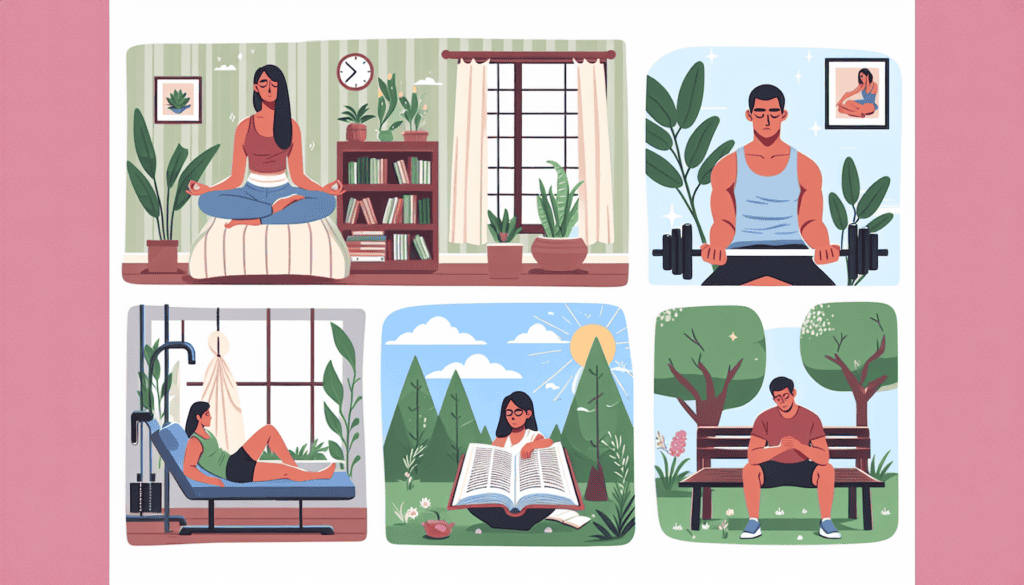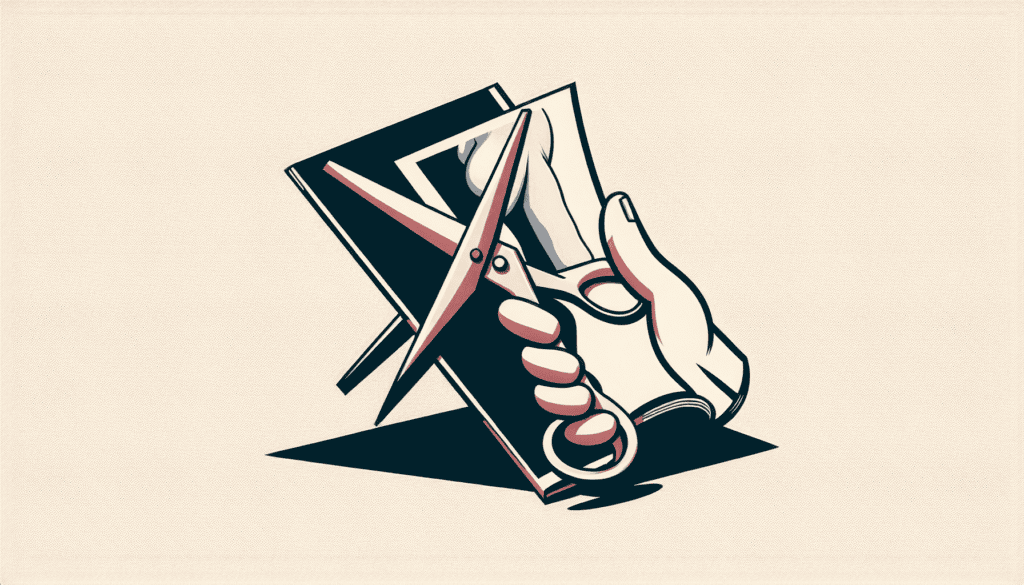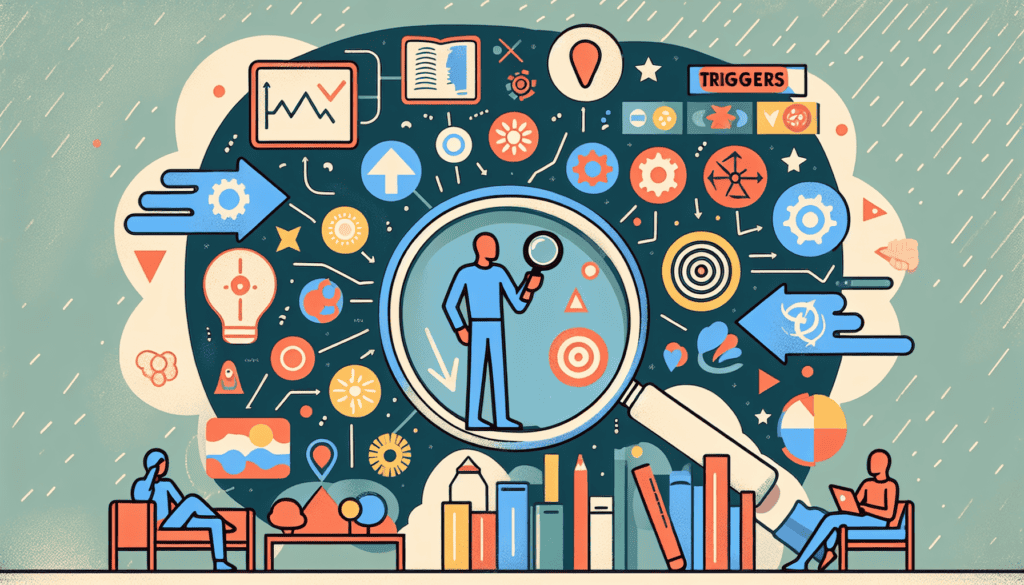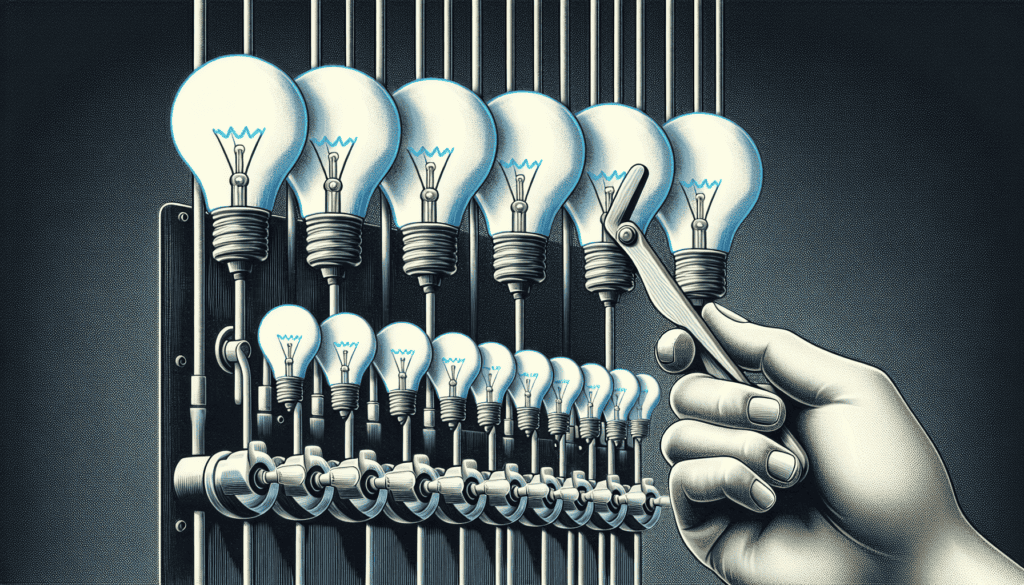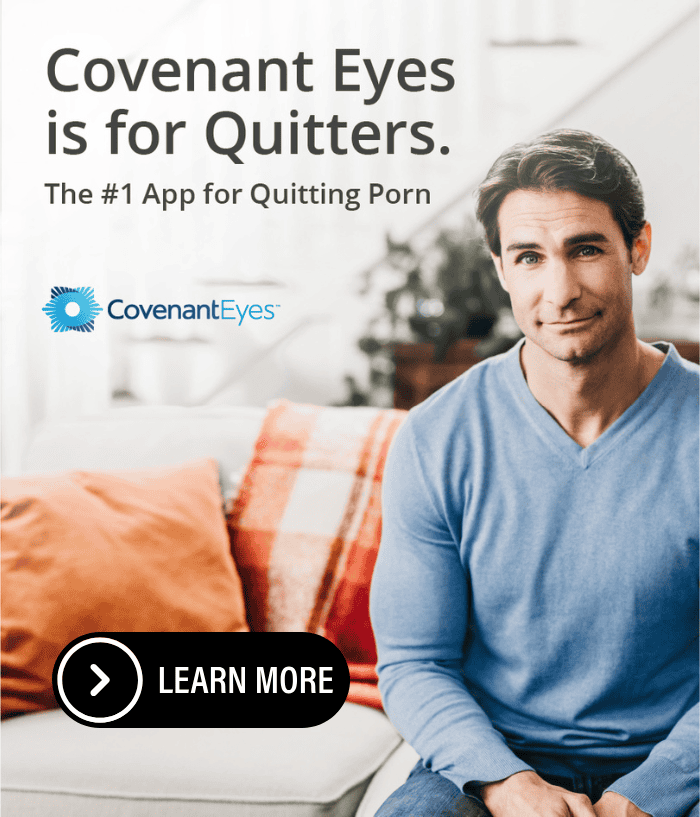Understanding Relapse in Recovery
When it comes to recovery from porn addiction, getting a handle on relapse is big. Seeing the warning signs isn’t just helpful, it’s crucial for those stumbling through relapse territory.
Nature of Relapse
Relapse isn’t like flipping a light switch. It sneaks up on you, often slow and sly. Little signals might start popping up well before someone takes that backward step. Spotting these hints can stop a full spiral from happening.
If you’re climbing this mountain, remember that relapse likes to play emotional, mental, and physical games with you. It’s got stages, and knowing them can make a world of difference.
Risk Factors for Relapse
It’s not just about wanting the stuff—that’s not really what drags folks back into the addiction hole. It’s feelings, the mind playing tricks more than anything else.
Anxiety, getting irritable, those are the signs that call for a stop-and-think moment. Friends, family, and their support, that’s the safety net every struggler needs.
A crowd that cheers for sobriety instead of tearing it down means the odds are in your favor for staying clean. But hang out with the wrong crew, where old habits are the norm, and relapse risk shoots up.
Here’s a quick rundown:
| Risk Factor | Description |
|---|---|
| Emotional Struggles | Anxiety, irritability, and down-in-the-dumps feelings can nudge folks toward relapsing. |
| Environmental Triggers | Certain people, places, and situations can really stir up cravings. |
| Lack of Support | Being surrounded by folks who don’t care about recovery ups the chances of falling off the wagon. |
| Previous Relapses | Having relapsed before can lead to thinking it’ll happen again. |
The rise of both emotional (inside stuff) and external (outside world) triggers are key players in the relapse game. Spot these cues and you’re a step closer to stopping addiction from taking back the wheel. Gearing up with strategies to lock down strong willpower and solid coping methods is how to beat it.
And hey, if you need extra help, there’s great advice out there on patching things up after a relapse. Grab some tips about overcoming guilt and shame from a relapse and using a relapse as a bounce-back lesson.
Identifying Personal Triggers
Getting a grip on your personal triggers can be a game-changer when it comes to bouncing back from porn addiction. These little nasties can either spring from within or come at you from the outside, messing with your head and actions.
Internal Triggers
Internal triggers are like those sneaky emotions and thoughts that creep up on you and catch you off guard. Figuring them out is like having a roadmap to dodge what drags you back. Here are the usual culprits:
| Trigger Type | Description |
|---|---|
| Anxiety | That gnawing worry can have you reaching for comfort in all the wrong ways. |
| Irritability | When you’re snapping at everyone, it can push you toward old habits. |
| Stress | When stress hits red-alert levels, it’s easy to fall back into those comforting old ways. |
| HALT | Hungry, Angry, Lonely, Tired — these sneaky little symptoms can make you vulnerable if left unchecked (Free by the Sea). |
Keeping tabs on these feelings can help you set up a checkpoint for your emotional well-being. Don’t miss out on our helpful guide about handling guilt and shame after slip-ups in the article how to deal with the guilt and shame of a relapse?.
External Triggers
Now let’s talk external triggers — the things outside that might push your buttons and lead to a setback. Spotting these is like giving yourself a superpower to steer clear of risky business. Here are some usual suspects:
| Trigger Type | Description |
|---|---|
| Social Situations | Places where stuff like alcohol, drugs, or explicit content are buzzing around can drag you back. |
| People | Certain folks who indulge in or promote the behaviors you’re trying to avoid can spell trouble. |
| Places | Any locations tied to your past troubles may reignite those old urges. |
| Stressful Environments | Places that crank up your stress can weaken your defenses (Free by the Sea). |
Being clued-up on these triggers is a major step in your recovery journey. Jotting down potential triggers and thinking up ways to avoid them makes you more resilient. Discover more about understanding slip-ups versus full-on relapses in our piece slip-up vs. relapse: what’s the difference?.
Knowing both what’s going on inside and what’s happening outside helps you put together a solid plan to keep on track. For more pointers on keeping future relapses at bay, dive into our post how do I prevent future relapses?.
Strategies for Relapse Prevention
Kicking the habit of porn addiction and staying on track is no easy feat, but by keeping an eye out for signs of trouble and using some tried-and-true tricks, folks can keep moving forward.
Early Warning Signs
Spotting a hitch in the recovery journey early on can make all the difference. It’s usually not a sudden tumble but more of a slow slide backward. Recognizing certain behaviors and feelings can give a heads-up before things spiral (Ashley Addiction Treatment).
Here’re some hints that things might be headed south:
| Heads-Up | What It Means |
|---|---|
| Mood Swings | Feeling grumpy, on edge, or down in the dumps. |
| Pulling Away | Not hanging out with supportive folks like friends and family as much. |
| Lost Drive | Losing steam for usual activities or goals. |
| Stuck Thoughts | Obsessing about old habits. |
| Letting Go of Self-Care | Slacking on things like exercise or a good night’s sleep. |
Catching these signals can help set up a game plan with a health pro to stay steady on the path to recovery.
Management Techniques
Keeping one’s cool during recovery is super important and these handy methods help keep anxiety and other nasty culprits in check.
Chart a Course: Have a go-to list for when cravings strike. It can include picking up a hobby or hitting the gym to steer the mind elsewhere.
Stick with Your Crew: Keep chats with trusted buddies, family, or support groups rolling. Having that network makes it harder to feel alone and ups the motivation game.
Mind Your Mind: Dive into mindfulness or meditation—watch those wild thoughts without freakin’ out. It clears the head and curbs rash choices.
Review and Improve: If a slip happens, don’t sweat it—figure out what set it off. Check out how to learn from a relapse and not let it derail you for some wisdom on using setbacks as stepping stones.
Tap the Experts: Get with a counselor or therapist who knows addiction. They’re packed with insights and strategies personal to each individual’s triggers.
Keeping these tools handy and staying sharp about early signals can really turbocharge the recovery process and help folks keep porn addiction on the back burner. For more helpful strategies, don’t miss out on our take at how do I prevent future relapses?.
Importance of Social Support
Trying to climb outta the grip of porn addiction can often feel like walking through a fog solo, but that’s where having people in your corner makes all the difference. When folks have a solid support system, whether it’s from family, friends, or even a trusty support group, it lightens the load and gives a better shot at keeping outta the relapse cycle. Social support turns the tide and nudges toward recovery success.
Role of Family and Friends
Turns out, having your own cheerleading squad is a biggie when you’re fighting the good fight against addiction. Studies back up that a supportive social crowd is a game-changer—they’re key for not just hitting treatment goals but also for sticking to a clean slate and overall thriving.
Basically, if someone’s got more people cheering them on in the recovery game, they’re more likely to win by staying away from the old habits. On the flip side, being short on supportive folks can often set a person back, pushing them toward slipping up again. (NCBI)
Family and friends? They’re the ace in the hole. They offer more than just hugs—they’re your reminder that you’re not riding this recovery rollercoaster alone. Having folks who get what you’re going through is a massive help. Encourage open chats with them—it builds a stronger battle line against any triggers that might pop up.
| Support System | Benefits |
|---|---|
| Family | Keeps you grounded, holds you accountable, knows your quirks |
| Friends | Been there, done that vibes, fun and laughter, much-needed distraction |
| Extended Networks | Resource sharing, pep talks, feeling part of something |
Support Groups and Networks
Support groups—think of them as the GPS when addiction tries leading you astray. Programs like Alcoholics Anonymous, Narcotics Anonymous, and SMART Recovery offer the chance to share stories and strategies, blending community spirit with the strength of numbers. While the jury’s still out on how much they prevent relapses, the structure and friendships formed there can’t be denied (NCBI Bookshelf).
Recovery homes like Oxford Houses create a club vibe of shared understanding and resources, showing support in action. People in these setups often report better recovery vibes; being around others on the same mission often means seeing those abstinence rates climb. (NCBI)
Joining groups like AA isn’t just about grabbing a monthly chip for staying clean—it’s about building a tight-knit community with strong ties and meaningful friendships, which are key ingredients to staying on the straight and narrow (NCBI).
Balancing personal cheer squads and pro networks gives folks that headspace to tackle possible setbacks. For more on managing slip-ups, check out ideas on dealing with that nagging guilt and shame of a relapse and turning a slip-up into something you learn from without losing your way.





